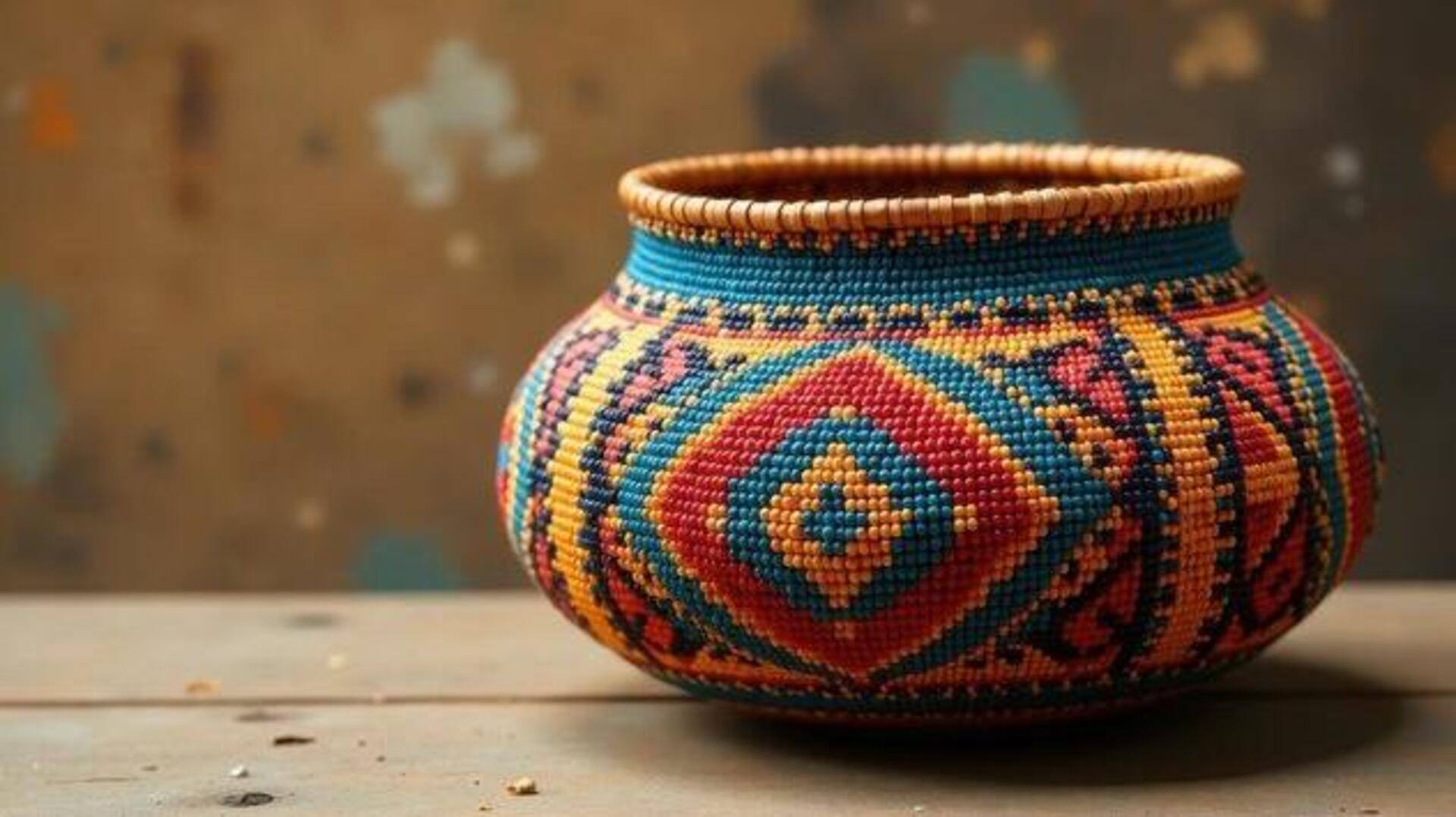
How clay and textiles create timeless artistry
What's the story
African earthenware and textile art are two distinct yet complementary art forms. The fusion of these creates a unique artistic expression that celebrates cultural heritage and innovation. While African earthenware is known for its functional and decorative purposes, textile art brings vibrant colors and intricate patterns. Together, they offer a rich tapestry of creativity that reflects the diversity and richness of African culture.
#1
The significance of African earthenware
African earthenware has been a part of daily life and rituals for centuries. Made from locally sourced clay, these pieces are often hand-shaped and fired in traditional kilns. The designs on the pottery frequently reflect cultural symbols or tell stories. Not only are these items functional, but they are also considered works of art that preserve the history and traditions of various African communities.
#2
Textile art's vibrant influence
Textile art in Africa is characterized by bold colors, intricate patterns, and diverse techniques such as weaving, dyeing, and embroidery. Each piece tells a story or conveys a message about the community's identity or beliefs. Textile artists use natural dyes from plants to create vibrant hues that stand out against the earthy tones of earthenware. This interplay enhances the visual appeal of both mediums.
#3
Techniques in pottery making
Pottery making in Africa involves several techniques depending on the region's resources and traditions. Coiling is a common method where clay is rolled into ropes and shaped into vessels. Pinching creates smaller items like beads or figurines by pinching the clay into shape. Some artisans also use slab construction for larger pieces by flattening clay into sheets before assembling them together.
#4
Integrating textiles with pottery
Integrating textiles with pottery can be seen in various ways, such as using textile patterns as inspiration for surface decoration on pots or incorporating woven elements directly onto ceramic forms. This fusion not only enhances aesthetic appeal but also creates new opportunities for collaboration between textile artists and potters. It leads to innovative designs that celebrate both traditions simultaneously.